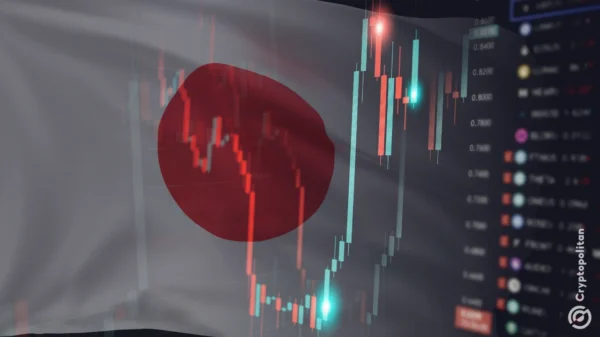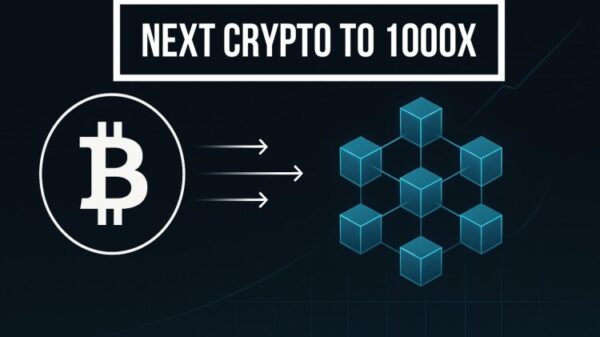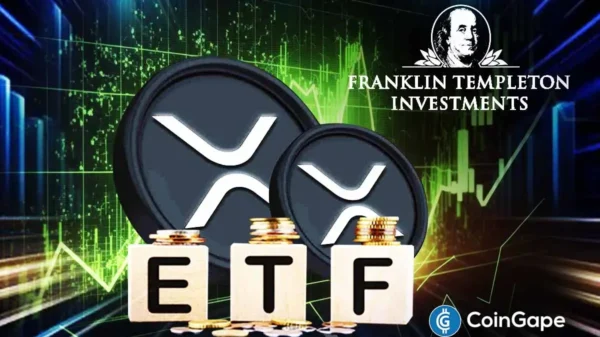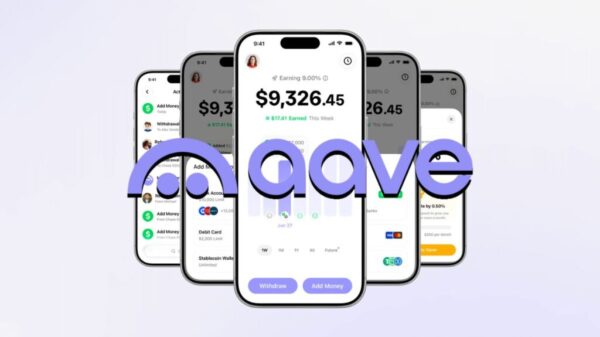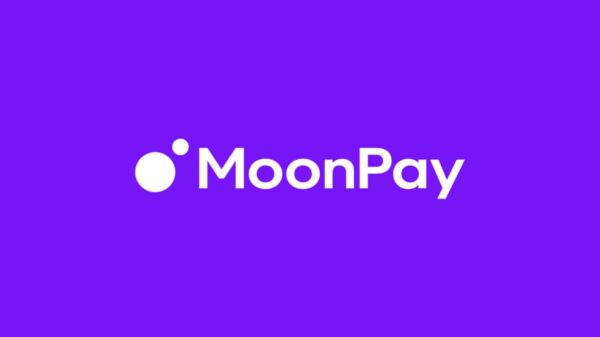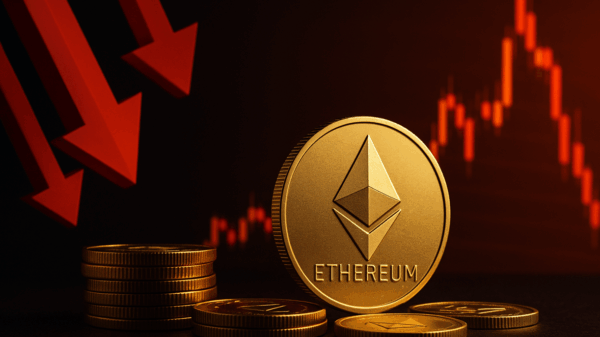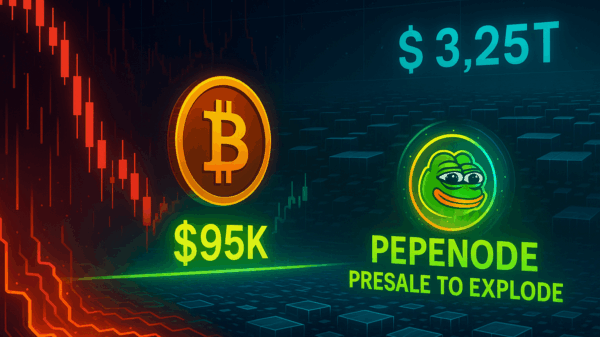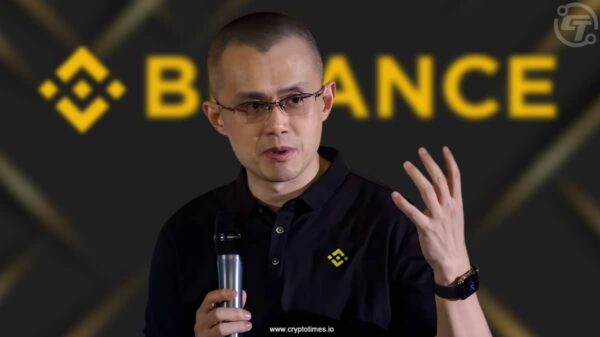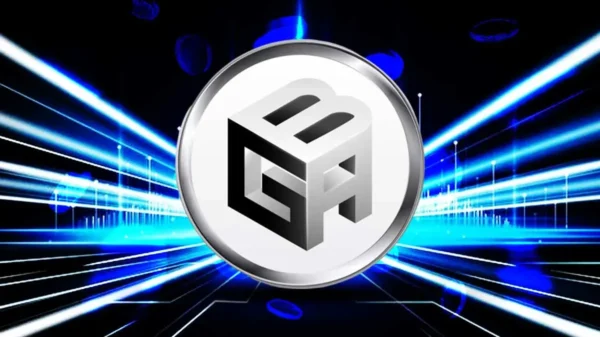In a significant move towards becoming the technological heart of Latin America, Panama has unveiled a $115 million tokenized innovation district. This initiative, spearheaded by the Innovation Smart District (ISD), is designed to serve as a magnet for startups and investment funds, aiming to address the unique challenges faced by the region”s 650 million residents.
During the Blockchain Jungle 2025 conference in Costa Rica, Guillermo Malo de Molina, the Chief Operating Officer of ISD, emphasized the necessity for local technological advancements. The project is set to occupy a 13-hectare area within Panama”s Green Valley complex, establishing a permanent physical space for innovation and collaboration among various entities.
Panama”s Strategic Advantages
Malo de Molina elaborated on the factors that make Panama an ideal setting for this innovation hub. The dollarized economy ensures monetary stability, a key attraction for investors. Additionally, the country enjoys political stability, evidenced by peaceful government transitions every five years. Panama”s robust air and digital infrastructure also facilitates connectivity, serving as a crucial junction for major internet cables linking North and South America.
The presence of approximately 180 multinational corporations, including Nestlé and Procter & Gamble, further strengthens the ecosystem, leading Malo de Molina to liken Panama to the “Singapore of Latin America.”
Progress of the Innovation District
The ISD project envisions the construction of 24 modern buildings, emphasizing both technological advancement and sustainability. The district”s inaugural tower, named Marie Curie, is scheduled for completion in April 2026. Notably, 75 companies and startups have already secured space in this initial development phase.
Tokenization as a Core Element
The funding and governance model of ISD integrates blockchain technology through a tokenization framework. The project has issued 1 billion tokens, which are backed by the district”s tangible assets valued at $115 million, along with an additional $56 million in investments. These tokens are designed to operate on the Ethereum and Polygon networks, currently available through private acquisition. This acquisition is essential for startups and venture capitalists looking to enter the ecosystem.
In exchange, ISD offers participants valuable resources such as mentorship, networking opportunities with investors, and enhanced visibility, equipping them to penetrate Latin American markets effectively. Malo de Molina stressed the urgent need for locally developed solutions that cater specifically to the region”s socioeconomic landscape, highlighting that large corporations may struggle with internal innovation, while startups from Europe or North America might overlook the complexities of local realities.
In summary, the ISD aims to bridge the gap between various stakeholders in the entrepreneurial landscape, reinforcing the notion that the pathway to technological growth in Latin America must be cultivated from within the region.


